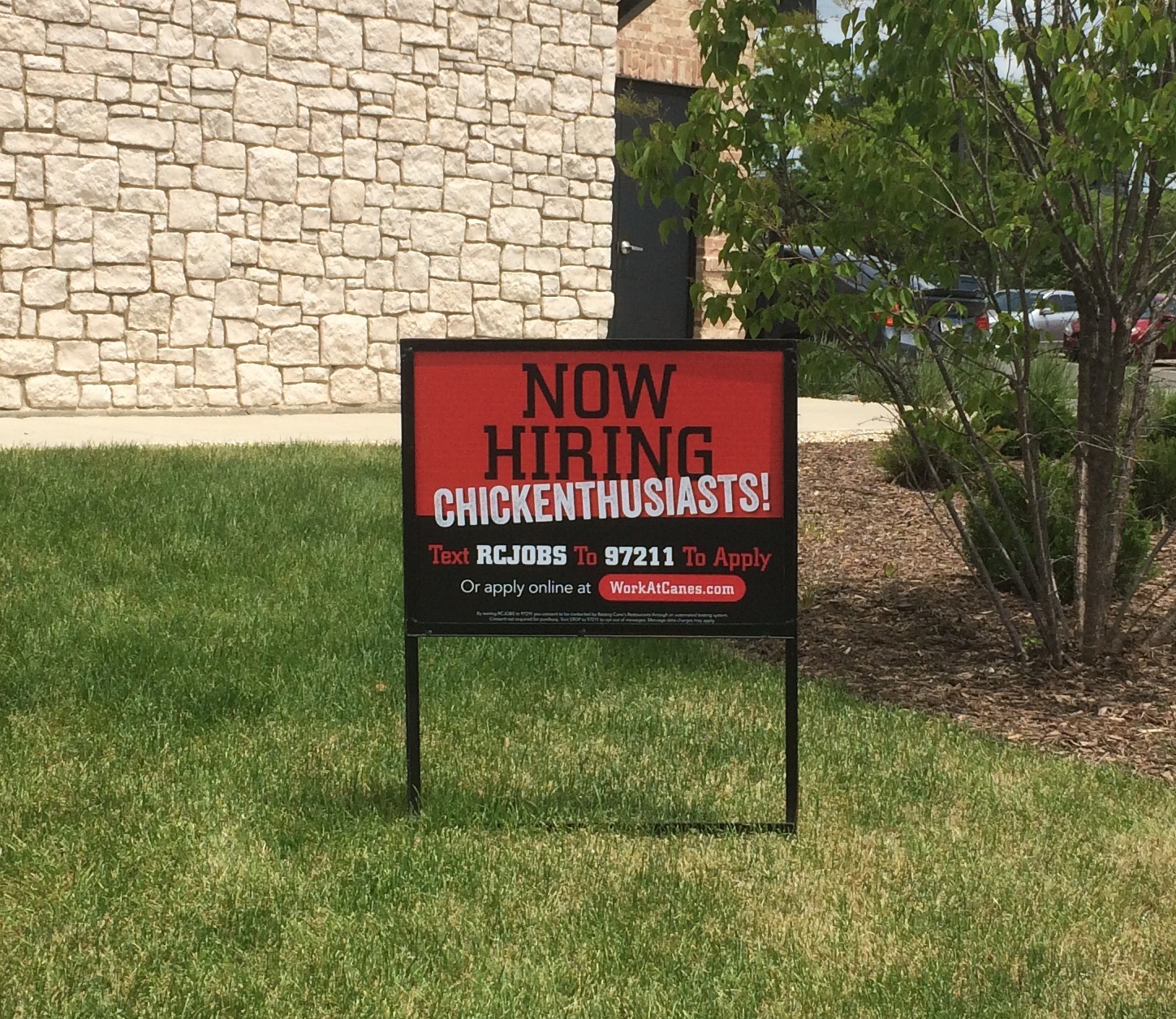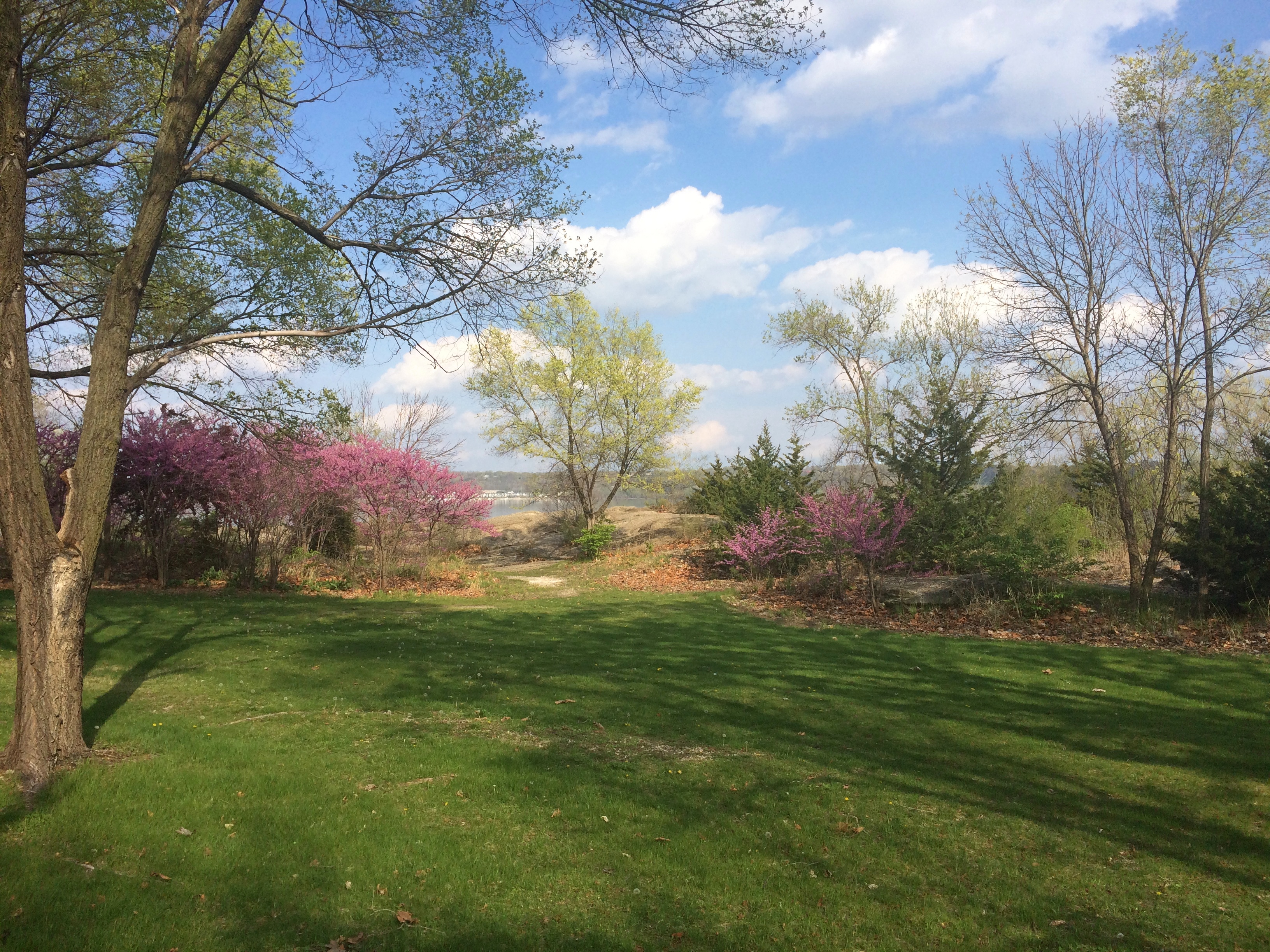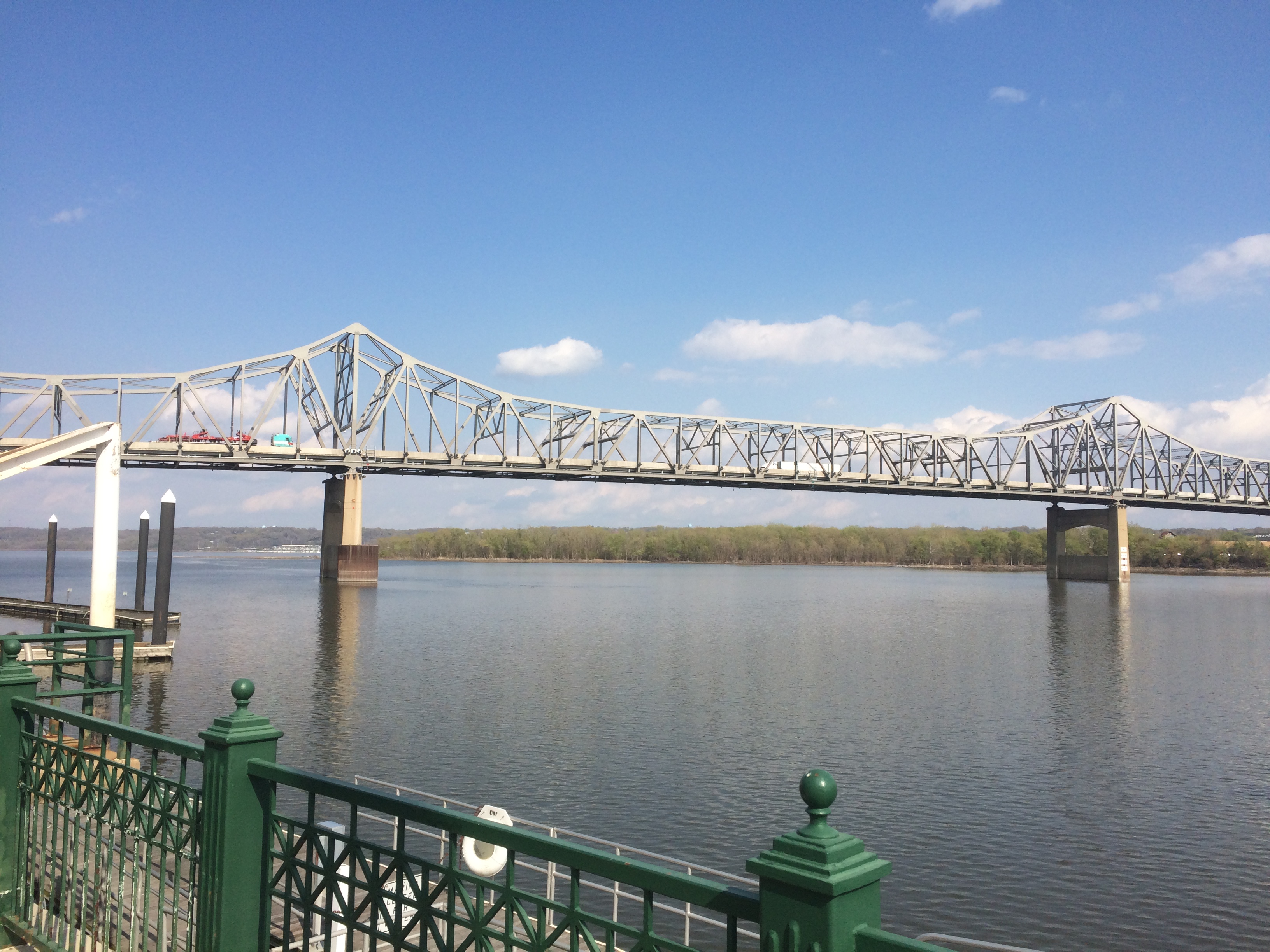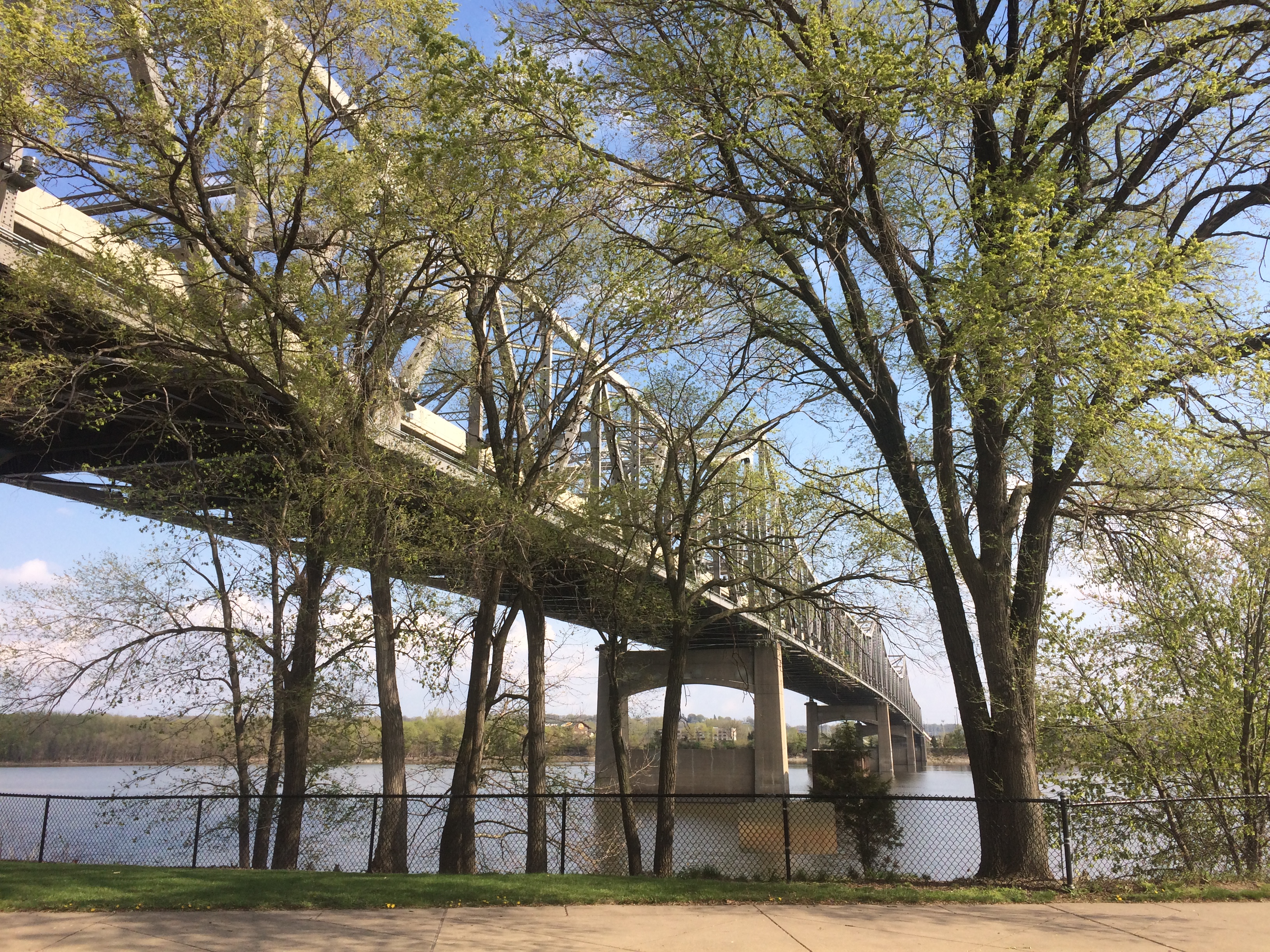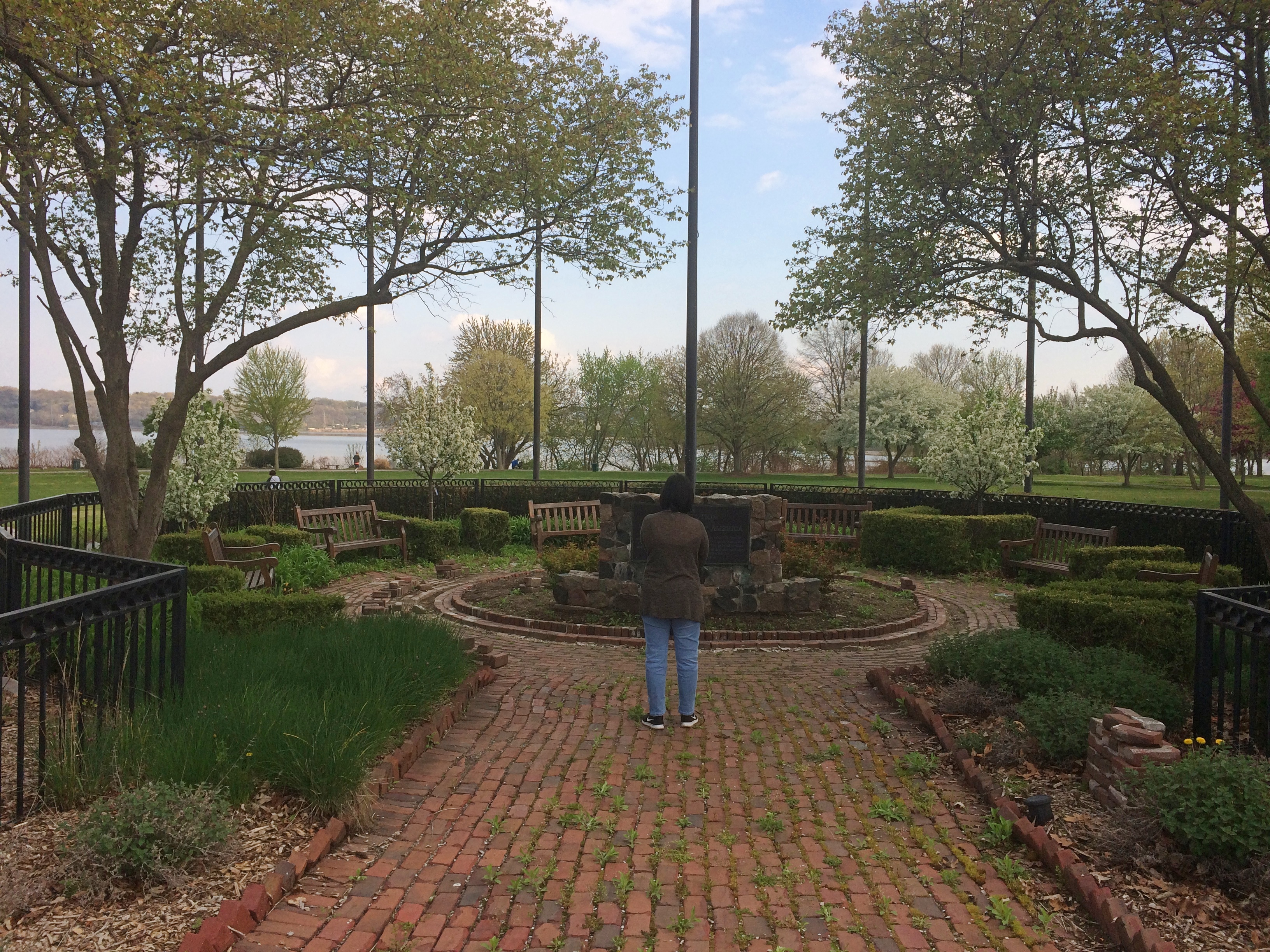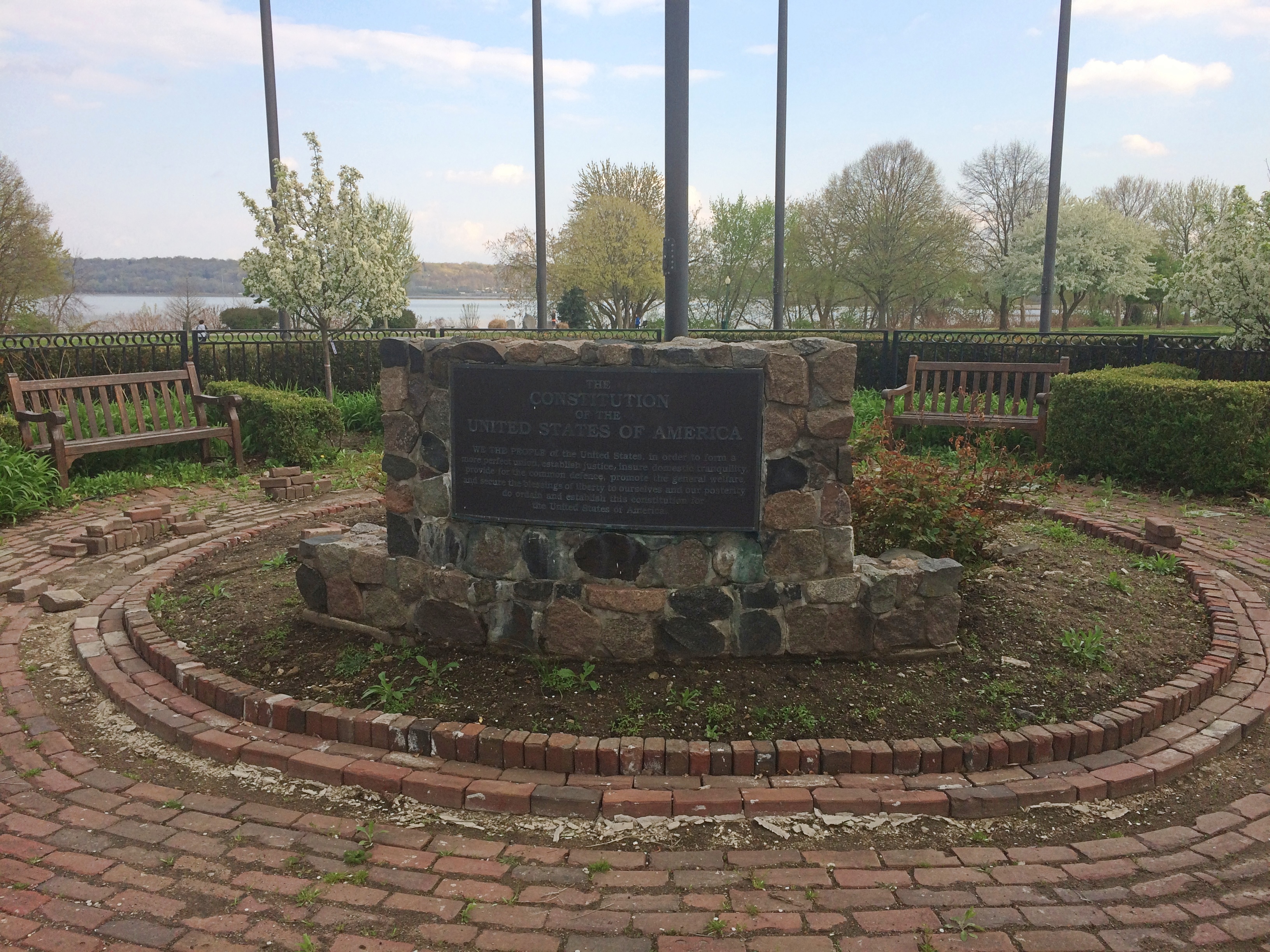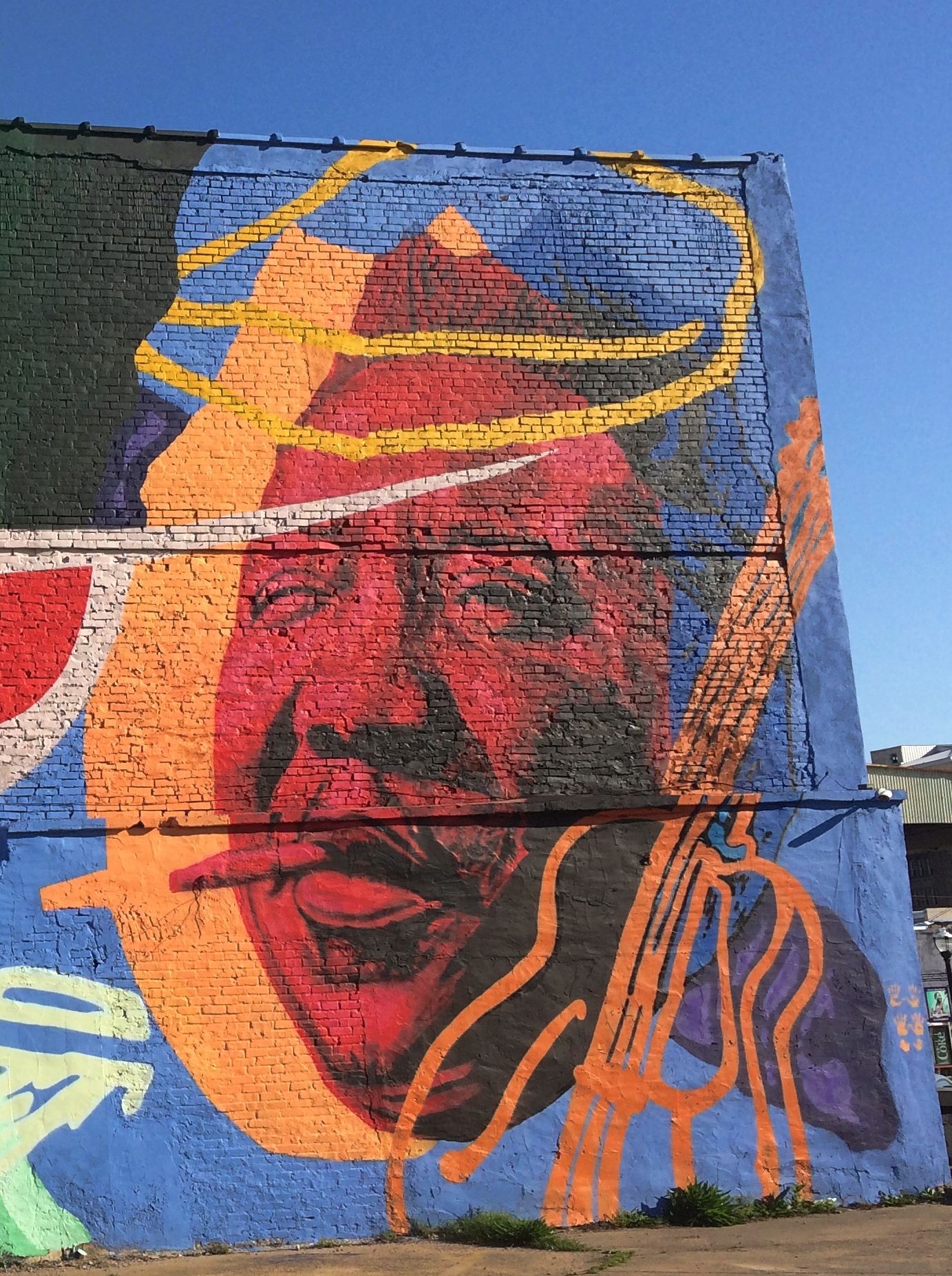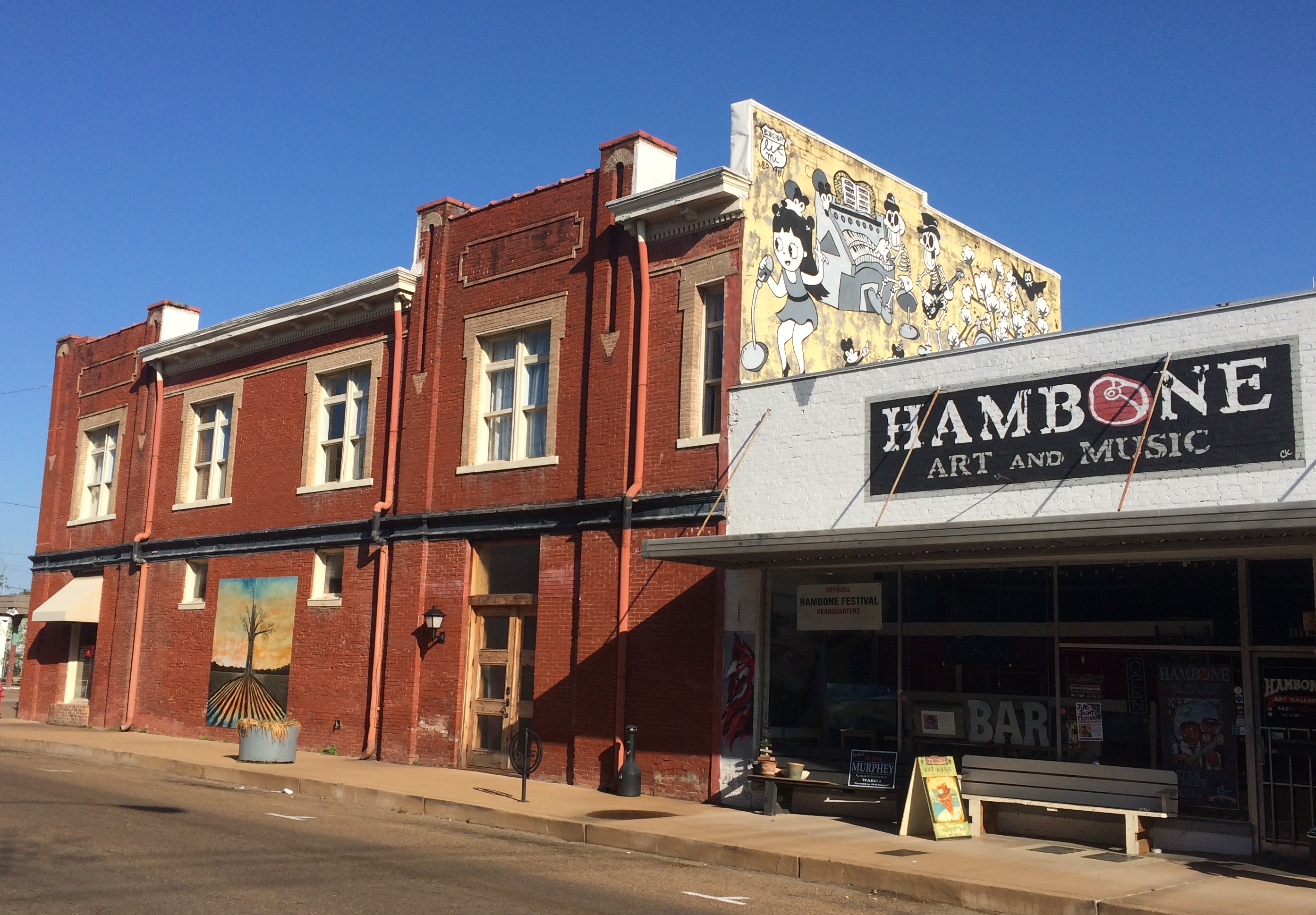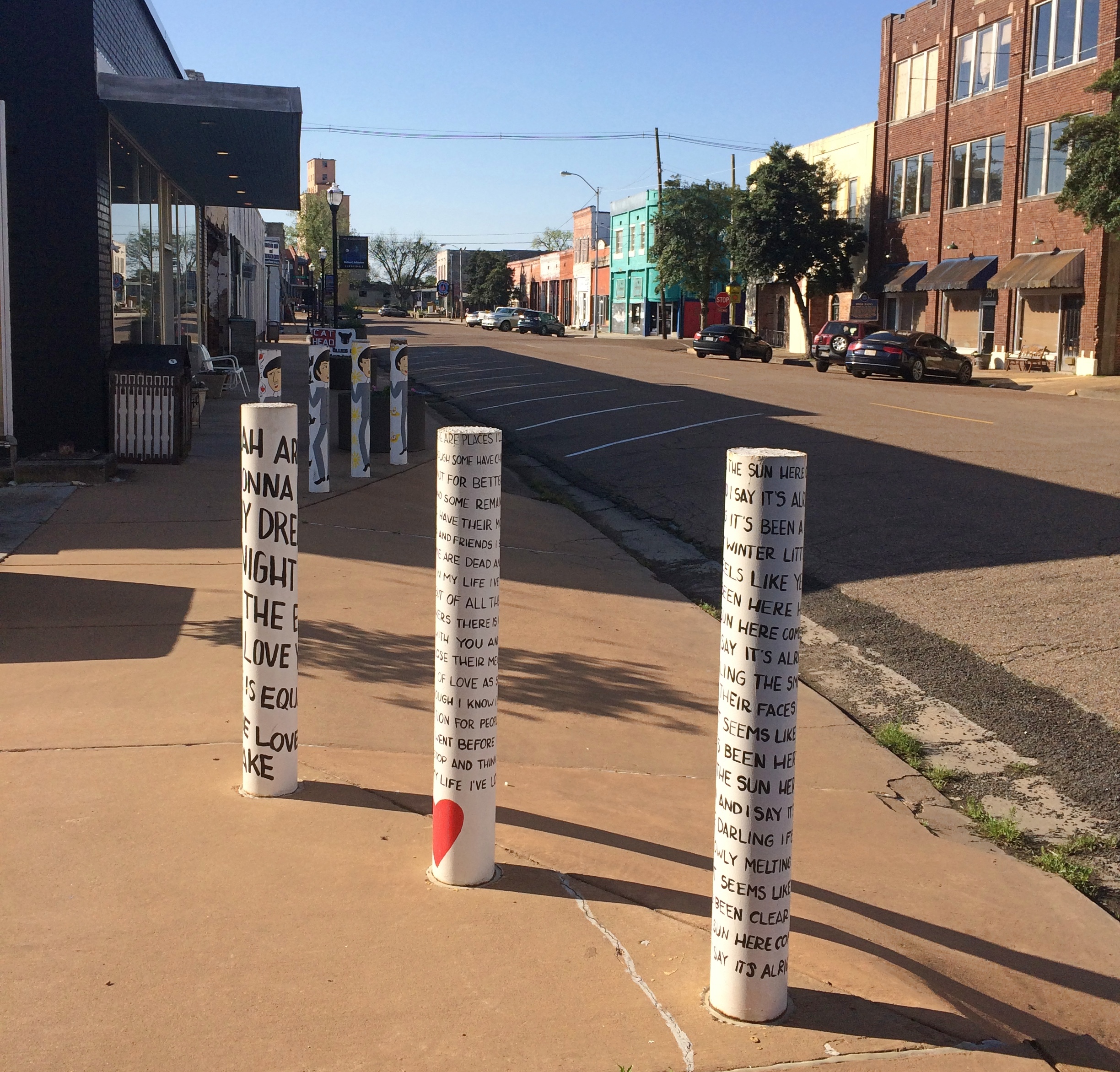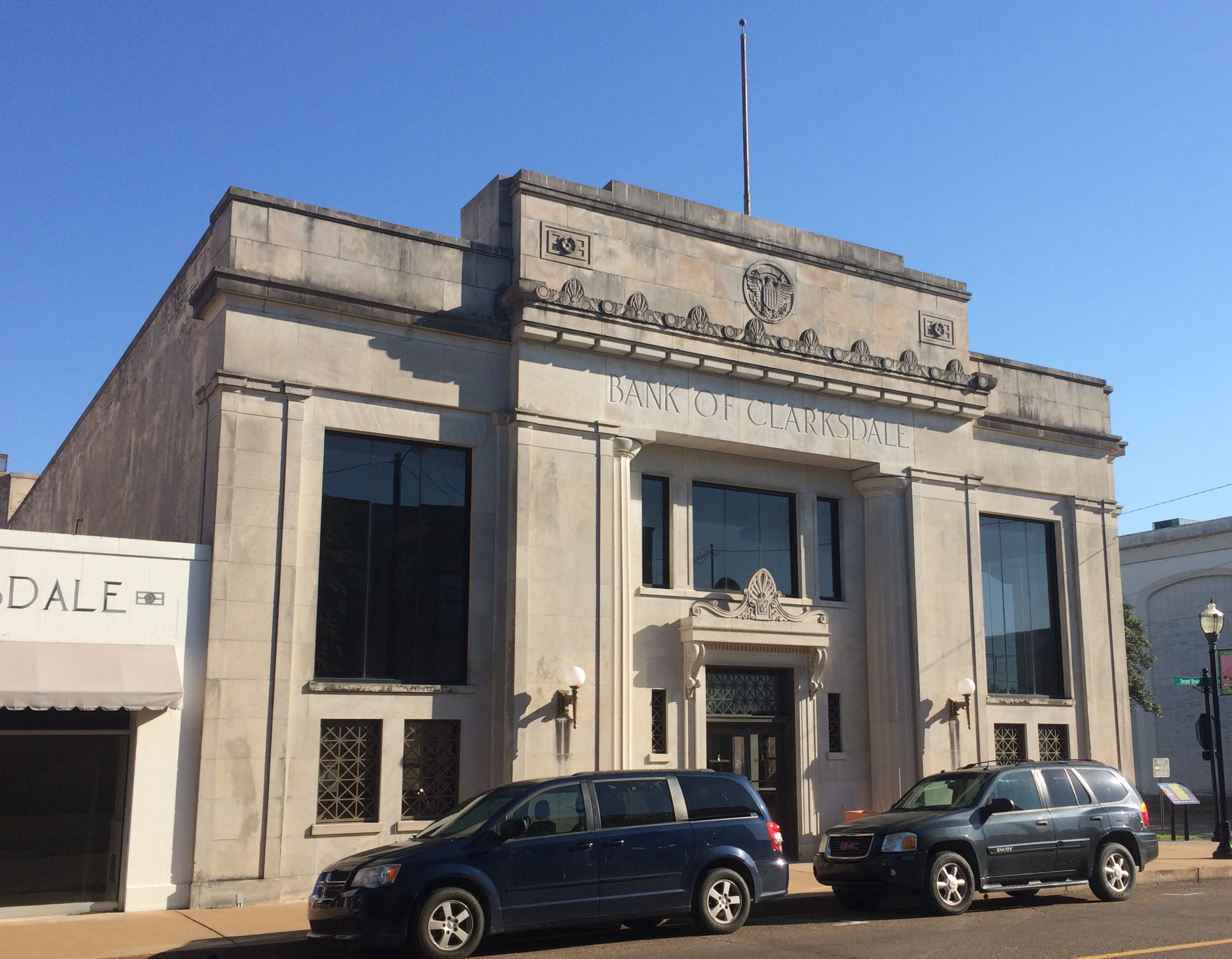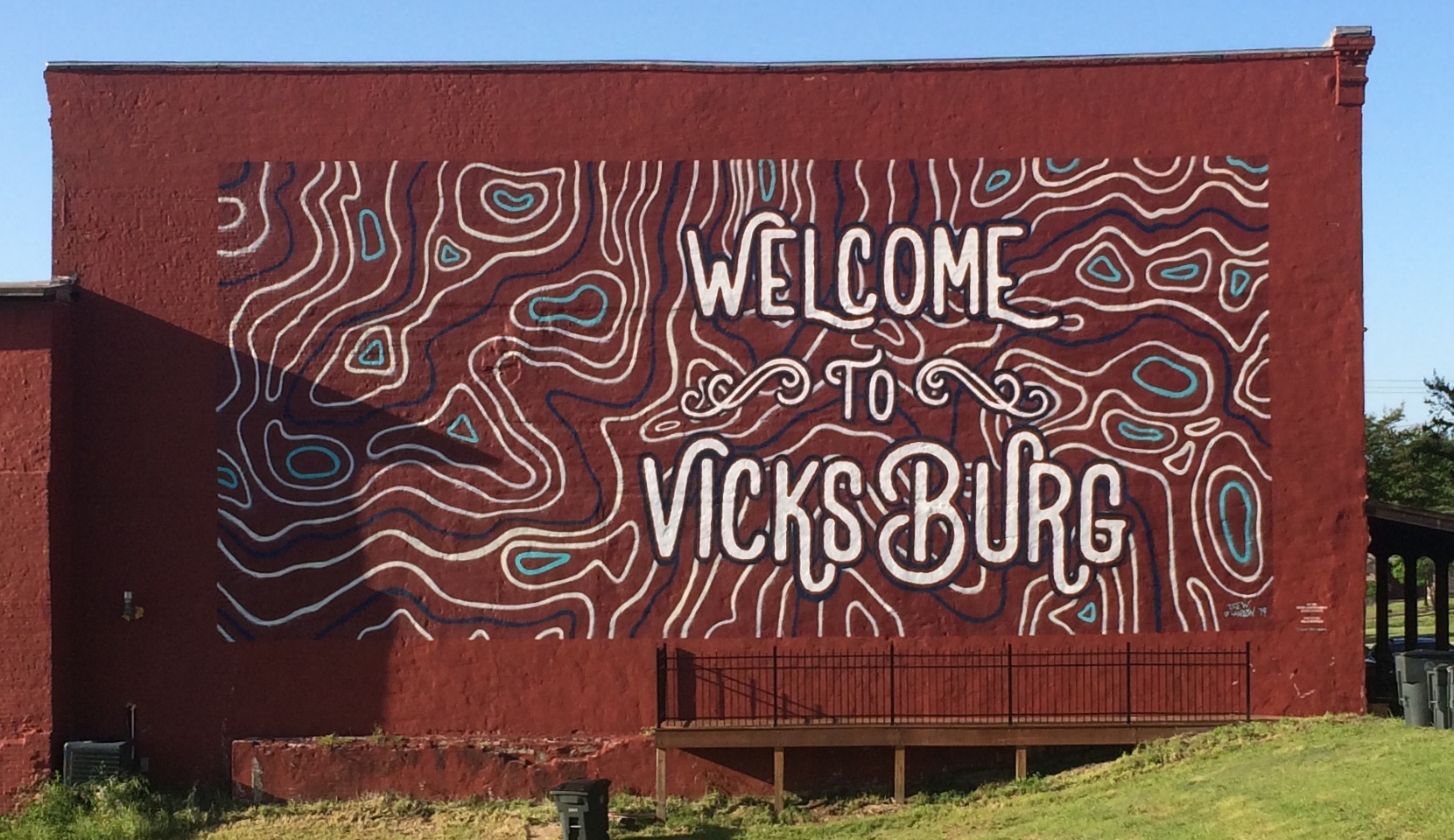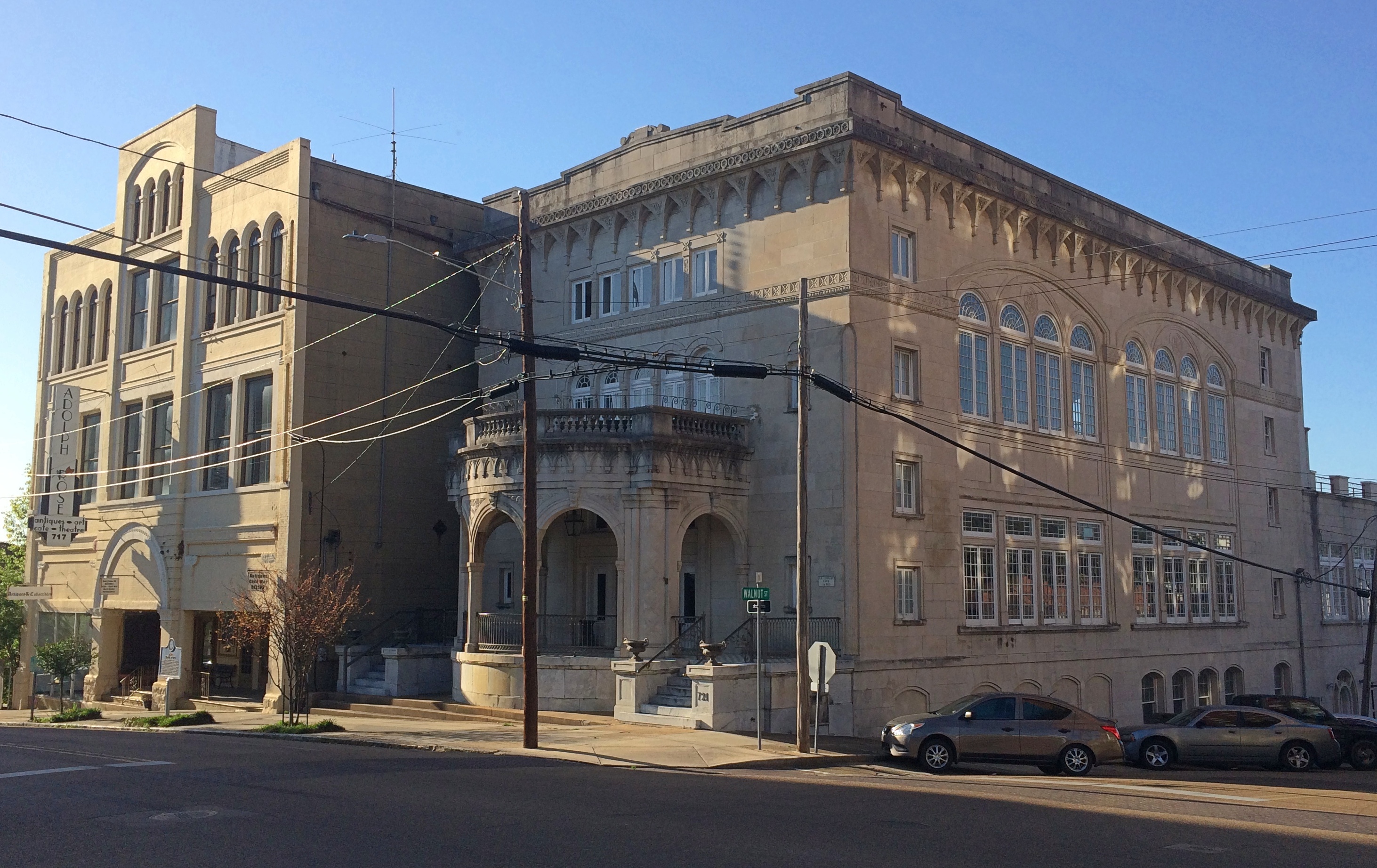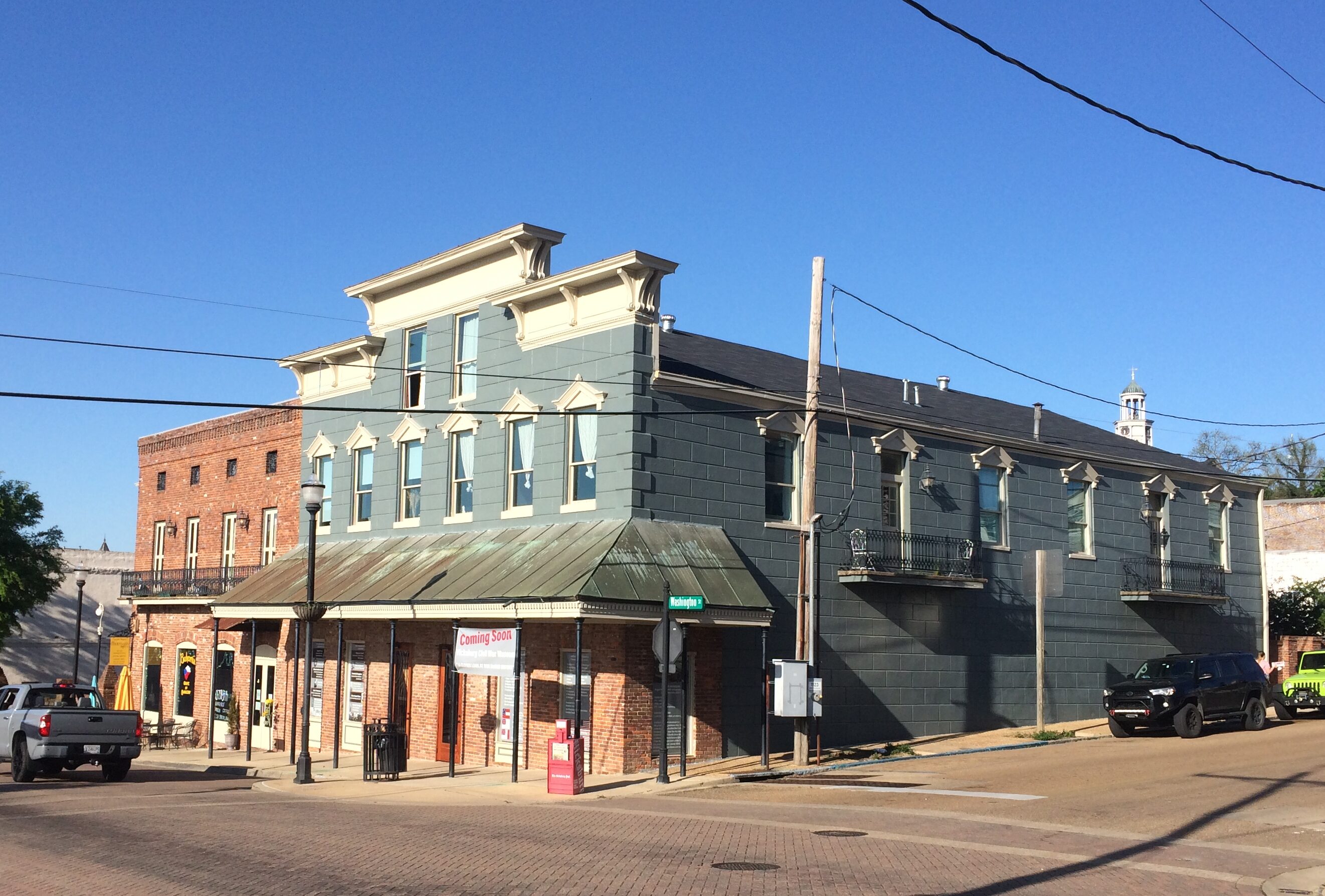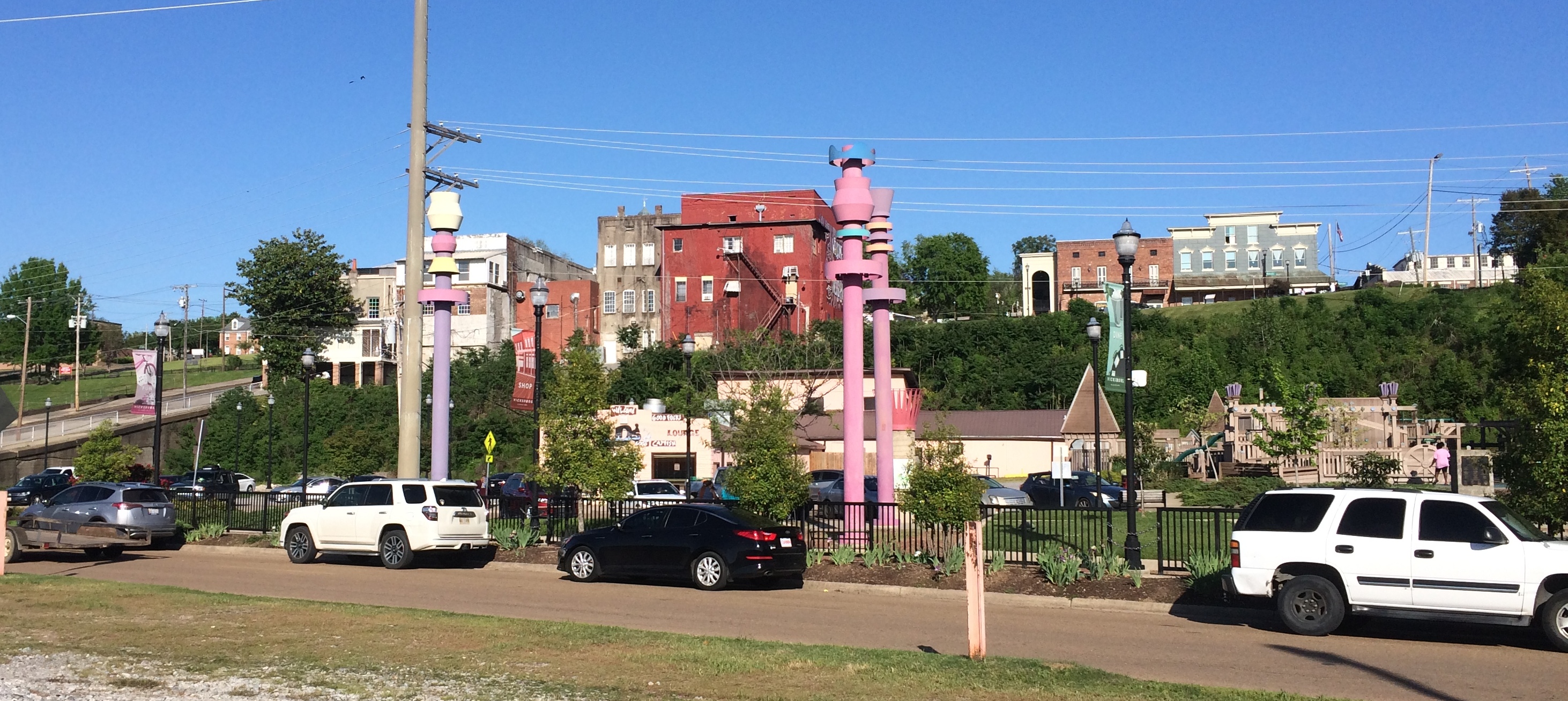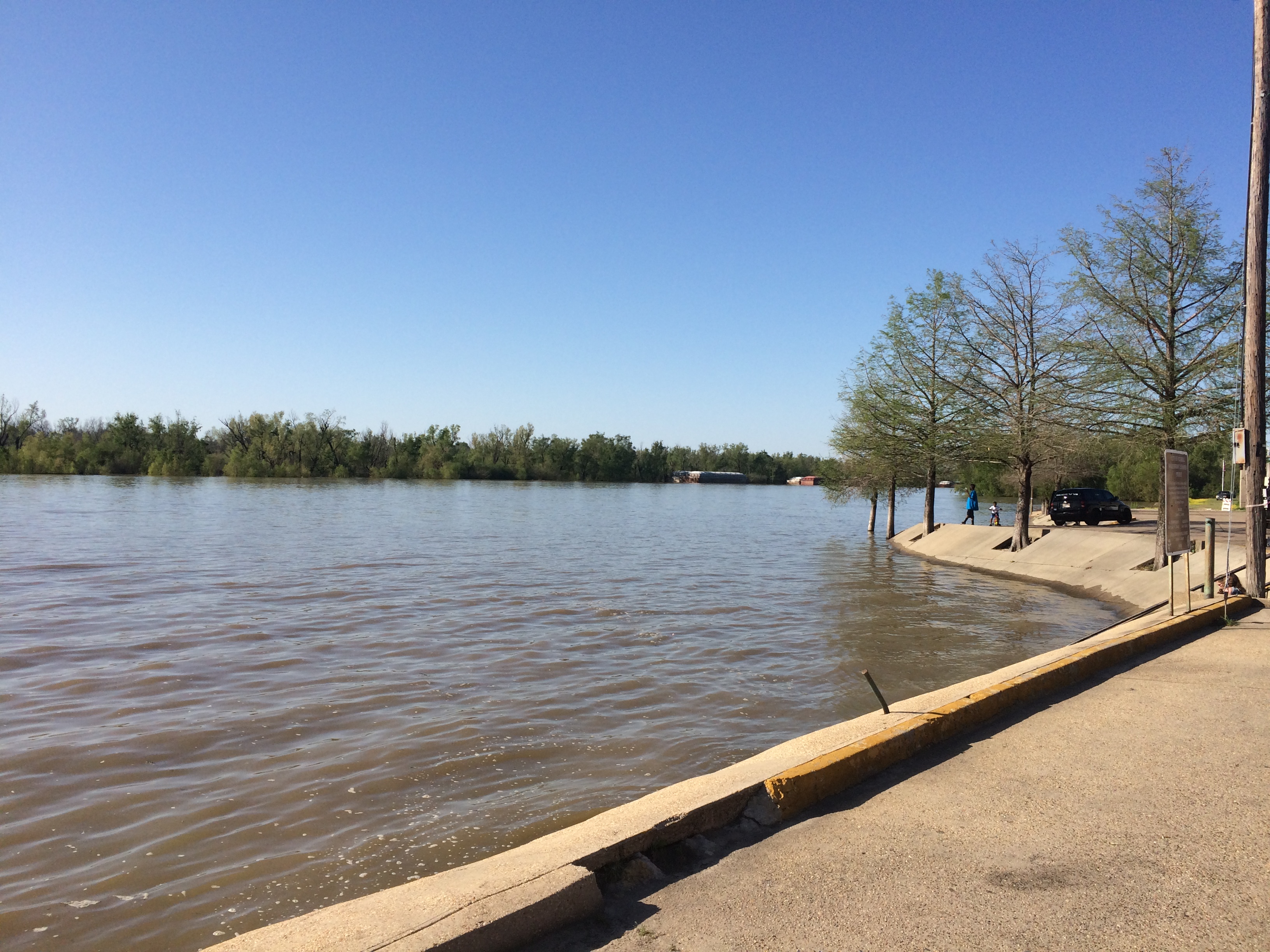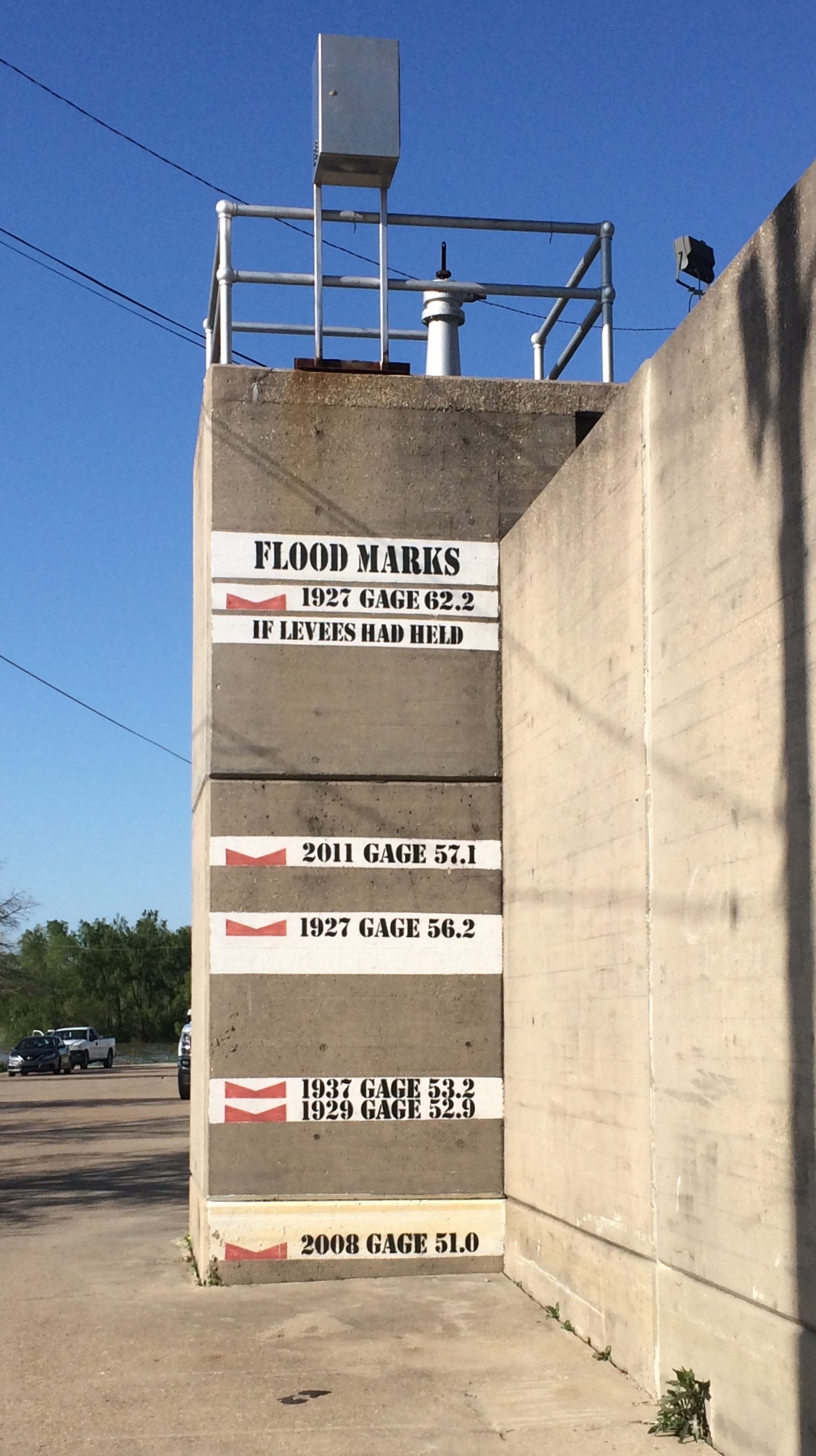Little wind today, which made the outdoors marginally better to experience. But not much. Tonight will be really cold, an illustration of the superiority of the Fahrenheit scale for everyday use, with 0 degrees being really cold and 100 degrees really hot.
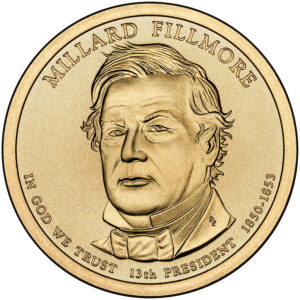 I can’t remember exactly when I read it, but years ago there was an item in Mad magazine lampooning the midcentury notion — the quaint notion, as it turned out — that Americans were going to have a surfeit of leisure time in the future, including a vast expansion of the number of holidays. Millard Fillmore’s birthday was a suggested holiday.
I can’t remember exactly when I read it, but years ago there was an item in Mad magazine lampooning the midcentury notion — the quaint notion, as it turned out — that Americans were going to have a surfeit of leisure time in the future, including a vast expansion of the number of holidays. Millard Fillmore’s birthday was a suggested holiday.
Well, that’s tomorrow, and I have to work. That idea about leisure time didn’t pan out anyway. But I will acknowledge the 13th president’s birthday, because why not. Besides, I paid my respects to President Fillmore in person recently.
Today’s also a good day to acknowledge the expansion, ever so slow, of the public domain, eking out growth despite the rapacious efforts of certain media oligopolists whose mascot is a rodent. Works published in 1926 are now in the public domain.
I’m happy to report that The Sun Also Rises is one of those works, to cite one of the better-known novels of 1926. I could have quoted it previously, and in fact I have, relying on notions of fair use. Now all the words are freely available, no questions asked.
“Here’s a taxidermist’s,” Bill said. “Want to buy anything? Nice stuffed dog?”
“Come on,” I said. “You’re pie-eyed.”
“Pretty nice stuffed dogs,” Bill said. “Certainly brighten up your flat.”
“Come on.”
“Just one stuffed dog. I can take ’em or leave ’em alone. But listen, Jake. Just one stuffed dog.”
“Come on.”
“Mean everything in the world to you after you bought it. Simple exchange of values. You give them money. They give you a stuffed dog.”
“We’ll get one on the way back.”
“All right. Have it your own way. Road to hell paved with unbought stuffed dogs. Not my fault.”
Speaking of life between the wars…
If that song doesn’t make you smile, what will?
